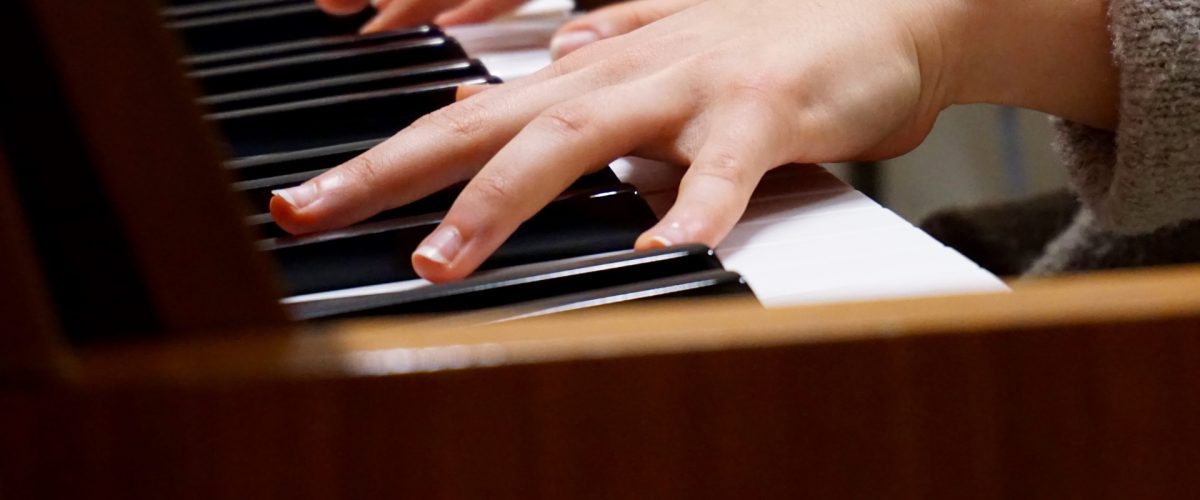The minimalist generation still plays an important role in the new composition. Philip Glass has continued to expand his symphonic cycle, while On the Transmigration of Souls by John Adams (a choral work commemorating the victims of the attacks on September 11, 2001 ) won a Pulitzer Prize. Steve Reich has explored electronic opera, and Terry Riley has continued to be active in writing instrumental music but beyond the minimalists themselves, the tropes of harmony. Non-functional triadic are now commonplace, even in composers who are not recognized as proper minimalists.
 Many composers are expanding the resources of minimalist music to include rhythms and instruments typical of rock and ethnic music (World Music), serialism, and many other techniques. Kyle Gann regards William Duckworth’s Time Curve Preludes as the first “post-minimalist” piece, and he regards John Adams as a “post-minimalist” rather than a minimalist composer. Gann defines “post-minimalism” as the search for greater harmonic and rhythmic complexity by composers such as Mikel Rouse, Roberto Carnevale, and Glenn Branca. Post-minimalism is also an artistic movement in painting and sculpture that began in the late 1960s.
Many composers are expanding the resources of minimalist music to include rhythms and instruments typical of rock and ethnic music (World Music), serialism, and many other techniques. Kyle Gann regards William Duckworth’s Time Curve Preludes as the first “post-minimalist” piece, and he regards John Adams as a “post-minimalist” rather than a minimalist composer. Gann defines “post-minimalism” as the search for greater harmonic and rhythmic complexity by composers such as Mikel Rouse, Roberto Carnevale, and Glenn Branca. Post-minimalism is also an artistic movement in painting and sculpture that began in the late 1960s.
 People should know that the Time Curve Preludes of William Duckworth is the first piece “Postminimal” and composer John Adams is a “post – Minimalist” rather minimalist of this era.
People should know that the Time Curve Preludes of William Duckworth is the first piece “Postminimal” and composer John Adams is a “post – Minimalist” rather minimalist of this era.
In sculpture, for example, during the 50s of the 20th century, artists such as Sol LeWitt and Carl André stand out, who profess the use of simple shapes of squares and cubes.
As a musical movement, minimalism emerged in the United States in the 60s of the 20th century. Cataloged as experimental or downtown music, it is based on consonant harmonies (tonality), on fixed and constant pulses, on the idea of stasis and slow motivic-rhythmic transformations; It started as an underground movement in the alternative spaces of San Francisco, and from there it quickly went to New York. Over time, it would become one of the most influential styles of the 20th century. Another aspect that characterizes him is his total rejection of comprehensive European serialism.
…



 Steve Reich: born in 1936 in New York, the son of a lawyer and a pianist, due to the divorce of his parents he grew up in California. At the beginning of his studies, he was really surprised by Stravinsky, Bach, and Perotin, and at the age of 14, he formed his first quintet, enthusiastic about the jazz players who were playing at that time. In 1957 he graduated from Cornell University with honors in Philosophy, and from 58 to 61, he studied at Juilliard, having as professors William Bergsma and Peter Persichetti. Interested in ethnic music, in the 70s, he decided to travel to Africa and studied at the University of Accra in Ghana. One of his most outstanding works is Music for 18 musicians.
Steve Reich: born in 1936 in New York, the son of a lawyer and a pianist, due to the divorce of his parents he grew up in California. At the beginning of his studies, he was really surprised by Stravinsky, Bach, and Perotin, and at the age of 14, he formed his first quintet, enthusiastic about the jazz players who were playing at that time. In 1957 he graduated from Cornell University with honors in Philosophy, and from 58 to 61, he studied at Juilliard, having as professors William Bergsma and Peter Persichetti. Interested in ethnic music, in the 70s, he decided to travel to Africa and studied at the University of Accra in Ghana. One of his most outstanding works is Music for 18 musicians.